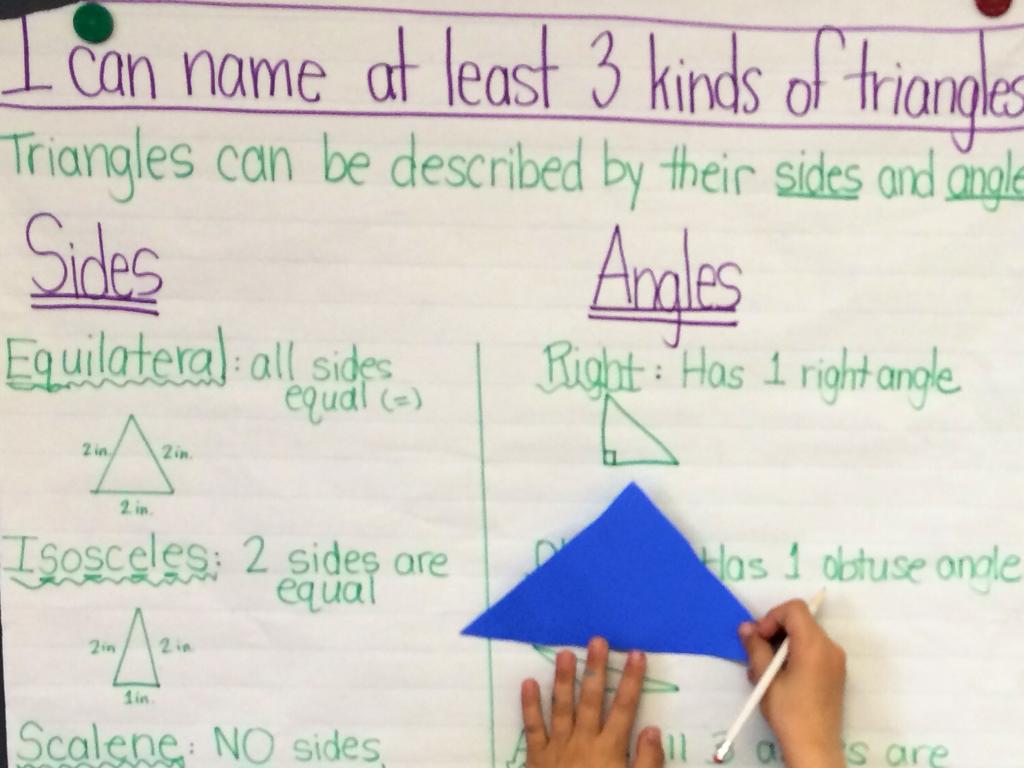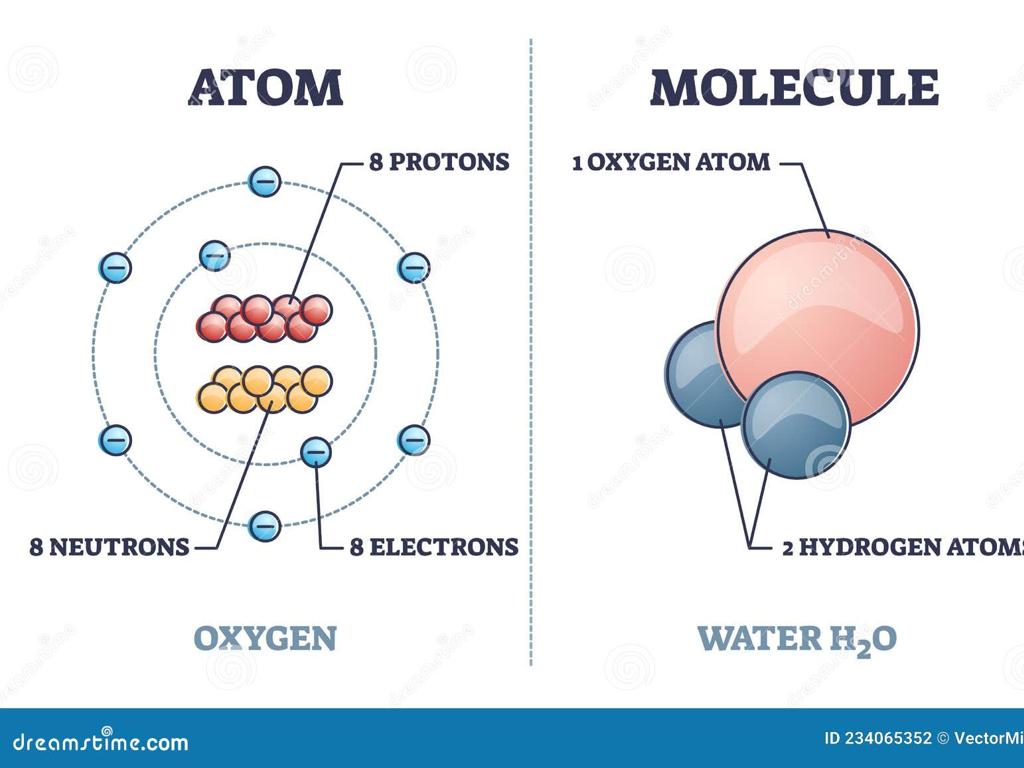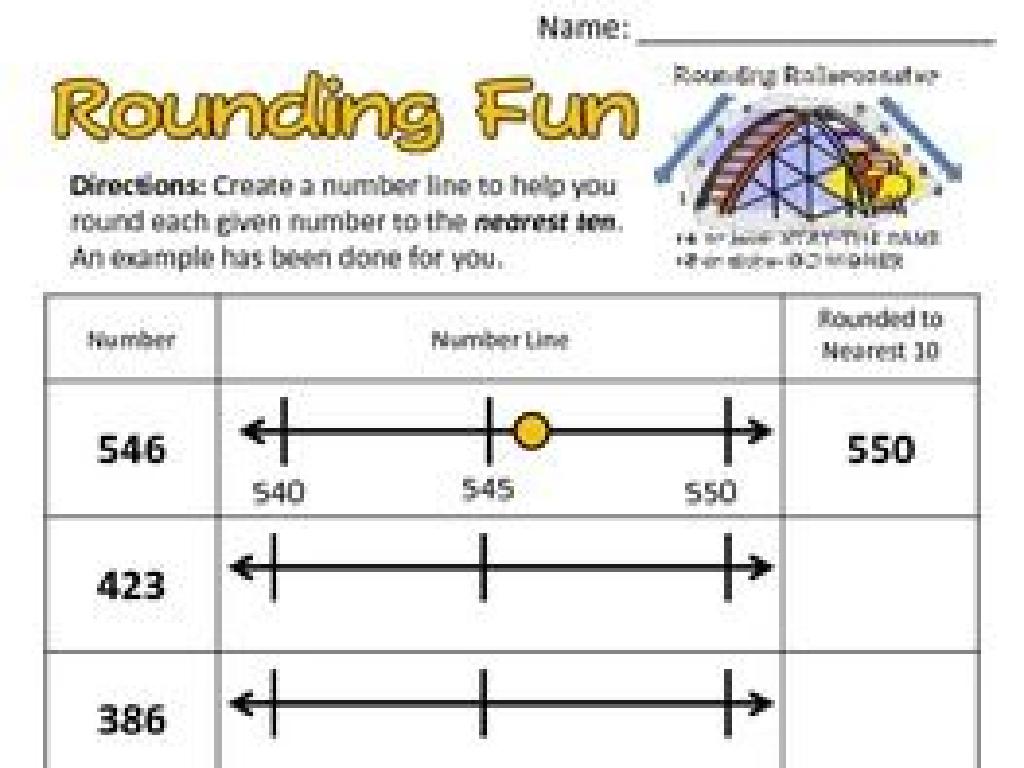Put A Mix Of Decimals And Fractions In Order
Subject: Math
Grade: Fifth grade
Topic: Compare Decimals And Fractions
Please LOG IN to download the presentation. Access is available to registered users only.
View More Content
Ordering Decimals and Fractions
– Understand decimals and fractions
– Decimals are based on 10, fractions are part-to-whole ratios
– Compare similarities and differences
– Both represent numbers between whole numbers
– Learn ordering techniques
– Convert to like forms or visualize on a number line
– Practice with examples
– 0.75 and 3/4, which comes first? Let’s find out!
|
This slide introduces the concept of comparing and ordering decimals and fractions. Start by explaining that decimals are another way to represent fractions, and both are used to describe numbers that are not whole. Highlight that decimals are based on the number 10, while fractions represent a part of a whole. Discuss how they can be similar when they represent the same value (e.g., 0.5 and 1/2) and different in their representation. Teach students how to put mixed decimals and fractions in order by converting them to like forms (either all decimals or all fractions) or by using a number line to visualize their placement. Provide practice examples for the class to work through together, such as ordering 0.75 and 3/4, to reinforce the concept.
Understanding Decimals
– Decimals represent parts of a whole
– Written with a decimal point
– Example: 0.5 means half
– 0.5 is the same as 1/2
– Comparing decimals with fractions
– Place decimals and fractions on a number line to compare
|
This slide introduces the concept of decimals to fifth-grade students. Begin by explaining that decimals are another way to represent parts of a whole, similar to fractions. Highlight the use of the decimal point as a key feature in writing decimals. Use 0.5 as an example to show that it represents half, just like the fraction 1/2. To help students understand the relationship between decimals and fractions, demonstrate how to place them on a number line and compare their values. Encourage students to think of other examples of decimals and corresponding fractions to solidify their understanding.
Understanding Fractions
– Fraction: part of a whole
– Like a slice of pizza is a fraction of the whole pizza
– Numerator and denominator
– Top number (numerator) over bottom number (denominator)
– Example: 1/2 means half
– 1/2 is one out of two equal parts
– Comparing fractions
– Use fractions to see which is larger or smaller
|
This slide introduces the concept of fractions to the students. A fraction is a way to represent a part of a whole, such as a slice of pizza out of an entire pizza. It consists of a numerator, which is the top number indicating how many parts we have, and a denominator, which is the bottom number indicating into how many equal parts the whole is divided. For example, 1/2 represents one out of two equal parts of a whole. Understanding fractions is crucial for comparing them, which is a skill we will practice. Encourage students to think of fractions in terms of everyday items to make the concept more relatable and easier to grasp.
Comparing Decimals and Fractions
– Decimals and fractions represent parts
– Decimals use points, fractions use slashes
– Converting between decimals and fractions
– To convert, divide or use equivalent fractions
– Ordering decimals and fractions
– Use conversion to compare and order values
|
This slide introduces the concept of comparing decimals and fractions, which are two different ways to represent parts of whole numbers. Decimals are written with a decimal point, while fractions are written with a numerator and a denominator separated by a slash. Understanding how to convert between these two forms is crucial for comparing and ordering them. Teach students the methods of converting fractions to decimals by division and finding equivalent fractions to decimals. Then, demonstrate how to put a mix of decimals and fractions in order by converting them to the same form. Provide examples and practice problems to reinforce the concept.
Converting Fractions to Decimals
– Divide numerator by denominator
– Example: Convert 3/4 to decimal
– To change a fraction to a decimal, divide the top number by the bottom number
– Perform division: 3 ÷ 4
– Resulting decimal: 0.75
– 0.75 is the decimal equivalent of the fraction 3/4
|
This slide is aimed at teaching students how to convert fractions into decimals, which is a fundamental skill for comparing and ordering different types of numbers. Start by explaining that the numerator (top number) can be divided by the denominator (bottom number) to find the decimal form. Use the example of 3/4 to demonstrate the process. Divide 3 by 4 using long division to show students step-by-step how to arrive at the decimal 0.75. Emphasize that this method can be used for any fraction. Encourage students to practice with different fractions to become comfortable with the conversion process.
Converting Decimals to Fractions
– Start with decimal over 1
– Multiply to remove decimal point
– Example: Convert 0.25 to fraction
– Write 0.25/1, multiply by 100 to get 25/100
– Simplify the fraction
– Reduce 25/100 to simplest form, 1/4
|
This slide is aimed at teaching students the process of converting decimals to fractions. Begin by placing the decimal over 1 to create a fraction. To eliminate the decimal point, multiply both the numerator and the denominator by the same power of 10 – this depends on the number of decimal places. For example, to convert 0.25, we multiply by 100 because there are two decimal places. This gives us 25/100. The last step is to simplify the fraction by finding the greatest common divisor for the numerator and the denominator, which in this case is 25, resulting in the simplified fraction 1/4. Encourage students to practice this method with different decimals and to always simplify their answers.
Ordering Decimals and Fractions
– Convert to decimals or fractions
– Change fractions to decimals or vice versa for uniformity
– Compare numbers to find order
– Use number lines or place value to compare
– Arrange numbers smallest to largest
– Organize the converted numbers in ascending or descending order
– Practice with examples
– Example: Arrange 0.75, 1/2, and 3/4 in order
|
This slide aims to teach students the process of ordering a mix of decimals and fractions. Start by converting all numbers to one format, either all decimals or all fractions, to make comparison easier. Demonstrate how to compare numbers by looking at their place values or by using a number line. Once compared, students should arrange the numbers from the smallest to the largest or vice versa, depending on the requirement. Provide practice examples for the students to apply these steps, such as arranging 0.75, 1/2, and 3/4 in order. Encourage students to work through these examples in class or as homework to reinforce the concept.
Ordering Decimals and Fractions
– Convert fractions to decimals
– 1/4 becomes 0.25, 3/8 becomes 0.375
– Convert decimals to fractions
– 0.3 as 3/10, 0.25 as 1/4
– Arrange numbers in ascending order
– Line up numbers to compare their size
– Practice with given examples
– Example: 0.3, 1/4, 0.25, 3/8
|
This slide is a class activity aimed at helping students practice converting between decimals and fractions and then ordering them. Start by demonstrating how to convert fractions (like 1/4 and 3/8) into decimals. Then show how to turn decimals (like 0.3 and 0.25) into fractions. Once students understand conversion, guide them to arrange the numbers from smallest to largest. Use the provided examples to work through as a class. Encourage students to explain their reasoning for the order they choose. This activity will solidify their understanding of the relationship between decimals and fractions and how to compare them.
Class Activity: Order the Mix!
– Pair up and receive mixed numbers
– Convert decimals to fractions
– Use division to turn decimals into fractions
– Arrange numbers in ascending order
– Smallest to largest, consider like denominators
– Present your ordered list to class
|
This activity is designed to enhance students’ understanding of decimals and fractions by converting and comparing them. Students will work in pairs to foster collaboration. Provide each pair with a set of mixed decimals and fractions. They will use their conversion skills to turn all numbers into fractions. Once converted, students will arrange the numbers in ascending order. After completing the task, each pair will share their ordered list with the class, explaining their thought process. This will help reinforce their learning and allow for peer feedback. Possible variations of the activity could include ordering from largest to smallest, using a mix of improper fractions and decimals, or including negative numbers for advanced students.
Conclusion & Homework: Mastering Decimals and Fractions
– Excellent work on comparison skills!
– Homework: Worksheet on ordering
– Complete the provided worksheet to order mixed decimals and fractions
– Practice converting between forms
– Convert decimals to fractions and vice versa as needed
– Keep practicing for mastery!
|
Students have learned how to compare and order decimals and fractions. For homework, they are tasked with completing a worksheet that will reinforce their understanding of the concepts. It’s crucial for students to practice converting between decimals and fractions to solve the problems effectively. Encourage them to use the strategies learned in class, such as aligning decimal points or finding equivalent fractions. Remind them that consistent practice is key to mastering these skills. The next class will review the homework and address any challenges faced.






